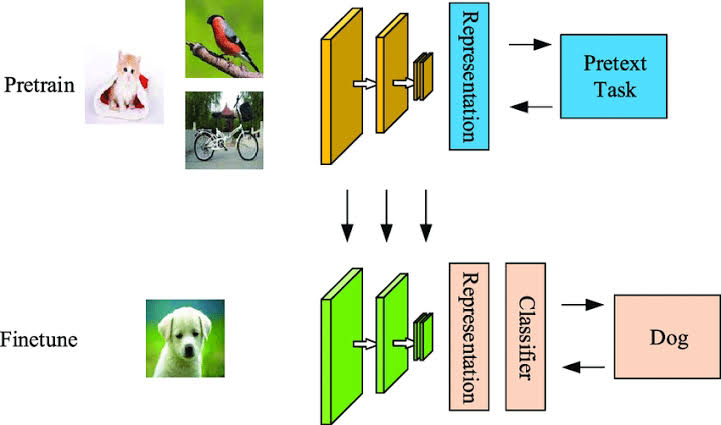Unlocking the Power of Semantic Search: Why It Matters !!

Overview of Semantic Search Semantic search is a search technology that uses machine learning and vector search to provide more relevant results by analyzing the meaning behind a user's query. Some semantic search techniques include: Semantic query parsing Identifies concepts in a query and offers relevant product discovery. For example, it can identify named entities like brands or manufacturers, or specifications like price range. Natural language processing (NLP) Helps surface relevant comments related to a search query. Knowledge graph Captures the meaning of search terms by representing the connections between various data sources. Embedding models Create vector representations of words to capture their semantic meaning. This creates a "meaning space" where words with similar meanings are represented by nearby vectors. Semantic matching Finds the query and document pairs that are most simi...


